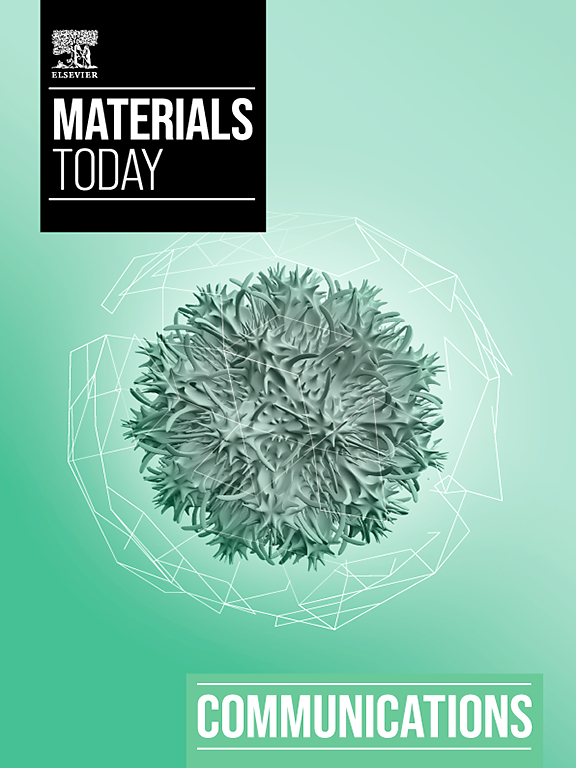Molecular dynamics simulation of interfacial interaction mechanisms between ground tire rubber and styrene-butadiene rubber enhanced by nanomaterial incorporation
IF 4.5
3区 材料科学
Q2 MATERIALS SCIENCE, MULTIDISCIPLINARY
引用次数: 0
Abstract
The recycling of ground tire rubber (GTR) is an effective method for addressing black pollution. In this study, we investigated and compared the effects of acidic oxidation treatments and different nanomaterial contents on the interfacial properties of styrene-butadiene rubber (SBR) and GTR. Molecular models of GTR modified by acidic oxidation and nanomaterials, as well as SBR, were established. The interfacial interaction mechanisms between SBR and GTR were studied through tensile and shear behaviors. The results indicated that the properties of SBR-GTR interface were enhanced through acidic oxidation and nanomaterial modification, with the latter demonstrating superior advantages in augmenting the interfacial strength. Specifically, the addition of a carbon nanotube and graphene increased the interfacial cohesion strength by 55.12 % and 82.93 %, and the interfacial shear strength by 29.87 % and 43.05 %, respectively. Moreover, graphene exhibited superior performance in enhancing interfacial interactions compared to carbon nanotubes and increasing the nanomaterial content did not positively impact the improvement of interfacial properties. The interfacial properties of SBR and GTR were quantitatively analyzed using molecular dynamic (MD) simulations. This study provides a theoretical foundation for enhancing the mechanical properties of recycled rubber by using nanomaterials, thereby guiding the experimental preparation of recycled rubber.通过加入纳米材料增强轮胎橡胶与丁苯橡胶界面相互作用机理的分子动力学模拟
回收利用轮胎橡胶(GTR)是解决黑色污染的有效方法。在这项研究中,我们研究并比较了酸性氧化处理和不同纳米材料含量对丁苯橡胶(SBR)和轮胎橡胶(GTR)界面性能的影响。建立了经酸性氧化和纳米材料改性的 GTR 以及丁苯橡胶的分子模型。通过拉伸和剪切行为研究了 SBR 和 GTR 之间的界面相互作用机制。结果表明,通过酸性氧化和纳米材料改性,SBR-GTR 界面的性能得到了增强,其中纳米材料改性在增强界面强度方面表现出更大的优势。具体来说,添加碳纳米管和石墨烯后,界面内聚强度分别提高了 55.12 % 和 82.93 %,界面剪切强度分别提高了 29.87 % 和 43.05 %。此外,与碳纳米管相比,石墨烯在增强界面相互作用方面表现出更优越的性能,而纳米材料含量的增加并未对界面性能的改善产生积极影响。利用分子动力学(MD)模拟对 SBR 和 GTR 的界面特性进行了定量分析。该研究为利用纳米材料提高再生橡胶的机械性能提供了理论依据,从而指导了再生橡胶的实验制备。
本文章由计算机程序翻译,如有差异,请以英文原文为准。
求助全文
约1分钟内获得全文
求助全文
来源期刊

Materials Today Communications
Materials Science-General Materials Science
CiteScore
5.20
自引率
5.30%
发文量
1783
审稿时长
51 days
期刊介绍:
Materials Today Communications is a primary research journal covering all areas of materials science. The journal offers the materials community an innovative, efficient and flexible route for the publication of original research which has not found the right home on first submission.
 求助内容:
求助内容: 应助结果提醒方式:
应助结果提醒方式:


